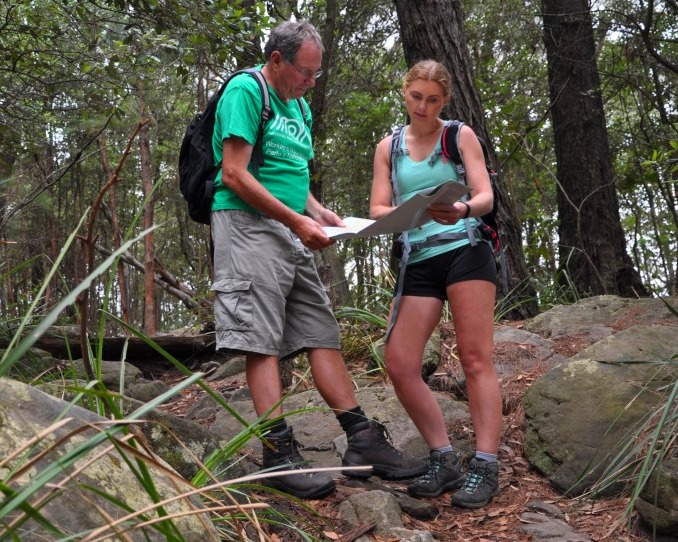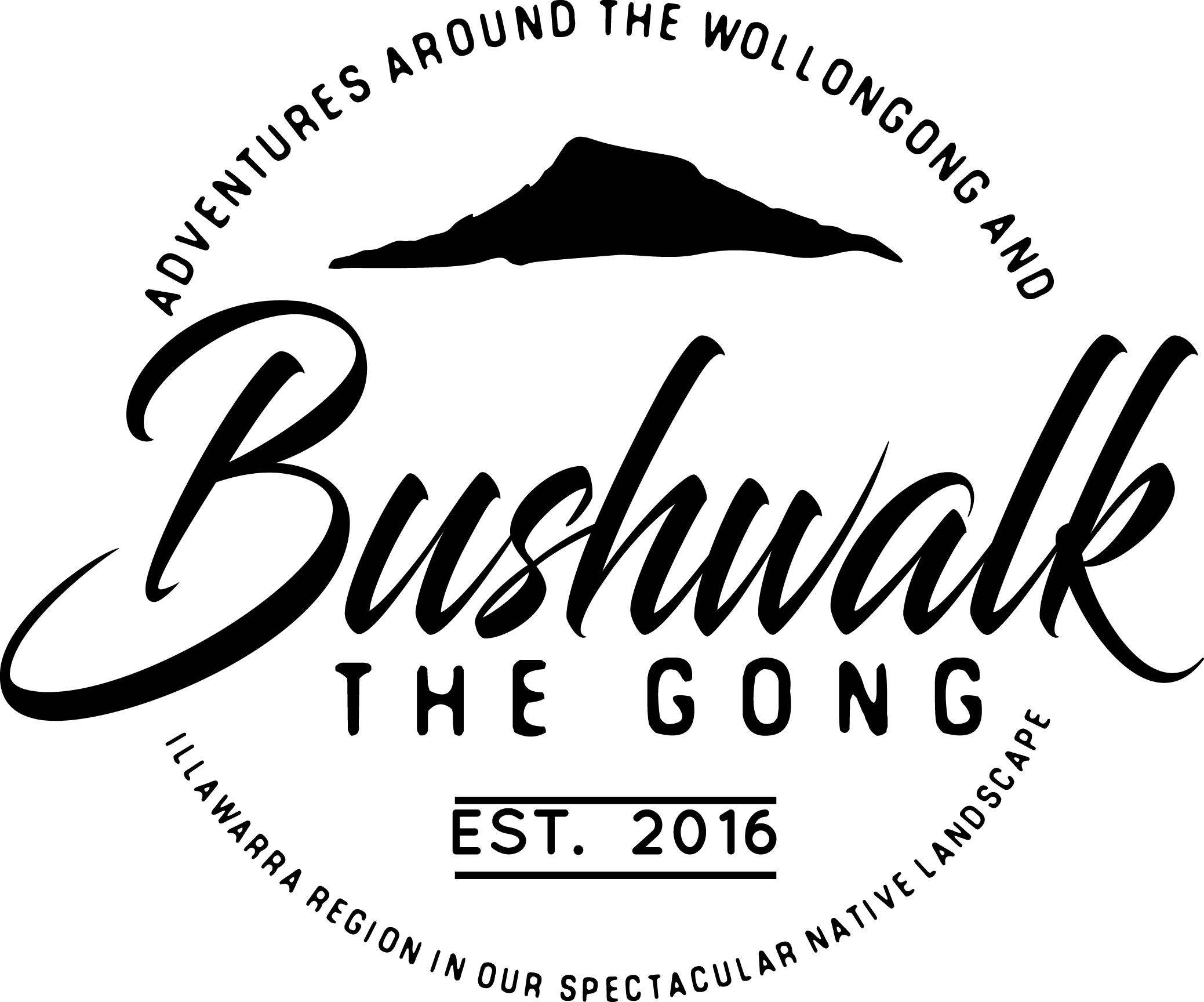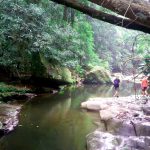Given the recent spate of airlift and paramedic emergencies throughout our local bushwalking tracks over the summer, it’s fair time we talk safety. Yes, the details that might just save your life, or at least some uncomfortable experiences out there in the wilderness. Take heed of the following 7 important points for everyday bushwalking…

1.Hiking Buddies.
Don’t walk alone. It’s not safe for so many reasons. Take a friend or small group;
- Talk about safety together, plan your strategy if there is an issue – what’s the plan?
- Tell other people (ie. partner, mum or dad) where exactly you are going and when you are expected home. They can then start action if they think there might be an issue.
- Walk with an organised group or association. They know the trails, are prepared for the worst and should be first aid trained. Talk to them about insurance coverage so you know what is and isn’t covered if there is an incident.
- Stick together. Don’t separate. The old rule still remains – safety in numbers.
2.Walk Grades and Fitness.
A common misconception lies within the Grade of walks in the Illawarra and surrounds. No, it’s not Everest, you won’t get altitude sickness, you probably don’t need any special equipment or need the strength to dangle from a rock cliff by your finger tips – but some trails can be deceptively difficult. Take for example the popular Sublime Point track. Yes it’s cool to post your accomplished “I made it” selfie and a great inspirational fitness goal to aim for – but are you fit enough? Do you have asthma? Do you have other medical concerns? Have you prepared for this? And who are you walking with – are you going with someone who is prepared to wait if you need to go slowly?
I want you to think about these scenarios I’ve experienced. Firstly, I’ve gone bushwalking when I was not well. Yes you can do it, but adjust for it. It took me a lot, lot longer than I normally would, I was with other people but, they simply just had to wait or go ahead. I felt physically and mentally awful and just had to accept that I needed to regularly stop to rest. Secondly, I’ve hiked with people with a lot less fitness than myself. I adjusted the pace and the route accordingly and it was an enjoyable experience for all parties, be motivating to your co-walkers don’t push them beyond their means, it can lead to unwanted paramedic call outs. Thirdly, I’ve hiked when the group had to make a decision to turn back around as a particular walkers’ asthma was just too much. Be prepared to fail sometimes, it’s OK, there are other tracks to explore.
Do your research on the trail prior, have a plan and most importantly, adjust according to the conditions presented. NOTE: I haven’t mentioned age. I don’t think it’s relevant, it’s fitness, agility and overall health that matters, not a number.
3.Weather.
This summer has been particularly warm with extreme temperatures and little rain. Bushwalking has been brutal. Are you prepared?
- Check the forecast. Is it too hot? Bushfire warnings? Flash flooding in an afternoon storm predicted? Make informed decisions about what to expect and whether you should cancel your walk.
- Sun protection. The basic ‘Slip, Slop, Slap’ principles still exist in the bush, not just the beach.
- Wear the right shoes. Yes it’s hot, thongs? No way. Supportive sneakers or boots will protect against injury including broken ankles, cuts and bites.
- Water. I cannot stress this enough. I’ve been averaging 2 litres a walk in this heat. It’s heavy, but it’s best to be on the safe side. Heatstroke is real and you need to ensure you are properly hydrated.
- Know the signs of heat exhaustion. Headache, dizziness, nausea, red hot and dry skin, rapid heartbeat and shallow breathing. Keep up your fluid intake and if you can’t keep on top of it, get out and get cool and potentially seek medical assistance.
4.Plan your walk.
Unless you are returning to a familiar trail and you can run out the door in 5min flat with your gear ready, you need to prepare. This means;
- Plan your route. Do you know where you are going? Do your research and ensure you know exactly where you are headed. Print a map, don’t rely on Google, mobile reception is unreliable.
- Sort out what you are wearing. It’s no fashion parade out there, choose practicality and safety over looks. There are lots of scratch and stinging hazards out there, so long pants and even light long sleeves might be your best choice (good for sun safety too).
- What do food do I pack? Healthy high energy food. Don’t overdo the sugary snacks, and remember safe food handling, ham might not last the distance in the heat. Nuts, raw veggies and fruit, and healthy muffins are ideal to pack.
- What do I take? Be prepared; a basic medical kit really helps, think bandaids, bandages and antiseptic cream etc. as well as your own personal medical needs ie. asthma spray. Additional clothing, check the forecast, it might turn cold.
- First Aid. Do you know first aid? Are you going with someone who can help you in an emergency? Consider a group walk with a trained first aid leader.
5.Use general caution.
Some hazards are easy to avoid, others are simply accidents. With the hot weather this summer, people to flock to the creeks and waterholes. This means hazards. Slippery rocks, boulders, crevices and water. Take your time and plan your footing. Wriggle that rock before you put your full weight down, don’t run, use your arms and hands, get your bum dirty and ask for a steadying hand to help you cross or get up trickier sections.
Another major risk around the Illawarra is cliff danger, coupled with our unstable sandstone geology, it is important to exercise maximum caution when walking around cliffs. Consider unstable rocky outcrops and wind gusts, these can be unpredictable and knock you off your feet. No selfie is worth falling off a cliff for.
6.Water Hazards.
This summer also gave us a heartbreaking amount of drownings. These waterholes are generally murky and contain underwater hazards such as logs and rocks. The risk is exacerbated with the younger crowd doing backflips off rocks and generally skylarking around. Yes, we all get it’s a lot of fun, but suss things out first, gently get into the water and assess the risks, don’t run on the rocks that are generally slippery – know your ability before jumping.
Bushwalking with kids is a rewarding and pleasurable experience for both you and your kids, one that they will cherish for life. Just remember on many walks there is water. If your children cannot swim, you need to be diligent to ensure you are watching them at all times around water on the walk – even shallow water and puddles can lead to tragedy.
7.Stupid Bushwalking.
I shouldn’t have to say this but I do because I’ve seen you out there doing this, and worse I’ve seen the rubbish you have left behind… our local trails are not for partying. It’s not good for severe hangovers and it’s certainly not good to go out there and plan to get intoxicated on either alcohol or anything else. There are hazards that you need to keep your full wits about you whilst you are walking. Being drunk whilst bushwalking is stupid and irresponsible. Don’t do it, and don’t let your mates do it.
This list is by no means exhaustive. If you have concerns or questions in regards to bushwalking and our local trails, please contact me via www.bushwalkthegong.com and I can assist. If you are out on the trails and emergency strikes that is out of your ability to manage, call 000 immediately for expert assistance.


